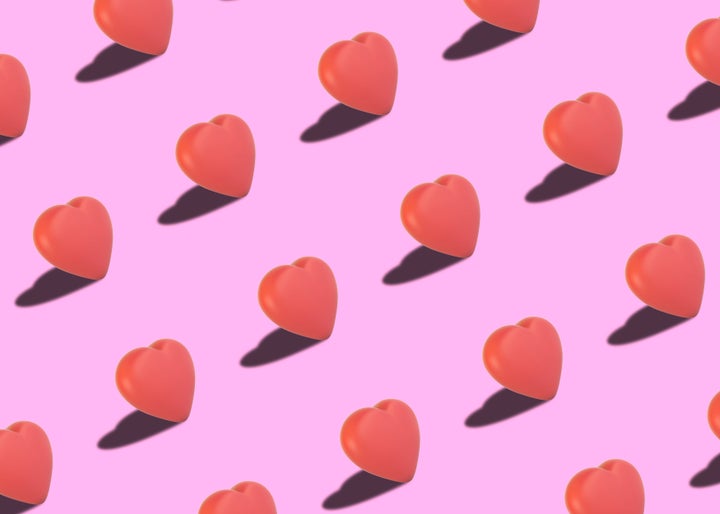
When you think of a heart, you likely picture the sweet little symbol that is seen in illustration, homewares and emojis. What you probably don’t think about the bulbous, beating organ inside of our chests which is a little less romantic.
But, how did we get here? Why is our most common depiction of the heart so different from the reality of it and when did it even start?
Well, it actually started way back in the 13th century and, uh, isn’t modern at-all.
Why the heart symbol doesn’t look like a human heart
Well, there are a few theories but the most common one is that an ancient philosopher just... wasn’t very good at describing what the heart actually looks like.
According to History: “Scholars such as Pierre Vinken and Martin Kemp have argued that the symbol has its roots in the writings of Galen and the philosopher Aristotle, who described the human heart as having three chambers with a small dent in the middle.”
It’s thought that when artists attempted to draw the heart from the description that Aristotle gave, they came up with the symbol that we still use to this day.
Additionally, using it as a romantic symbol isn’t a modern thing, either. As humans, we’ve always related the heart to feelings and emotions.
History added: “Since the human heart has long been associated with emotion and pleasure, the shape was eventually co-opted as a symbol of romance and mediaeval courtly love.
“It grew especially popular during the Renaissance, when it was used in religious art depicting the Sacred Heart of Christ and as one of the four suits in playing cards.”
And now we use it on Valentine’s Day cards, in text messages and to decorate our homes. What a sweet thing to have in common with our ancestors.